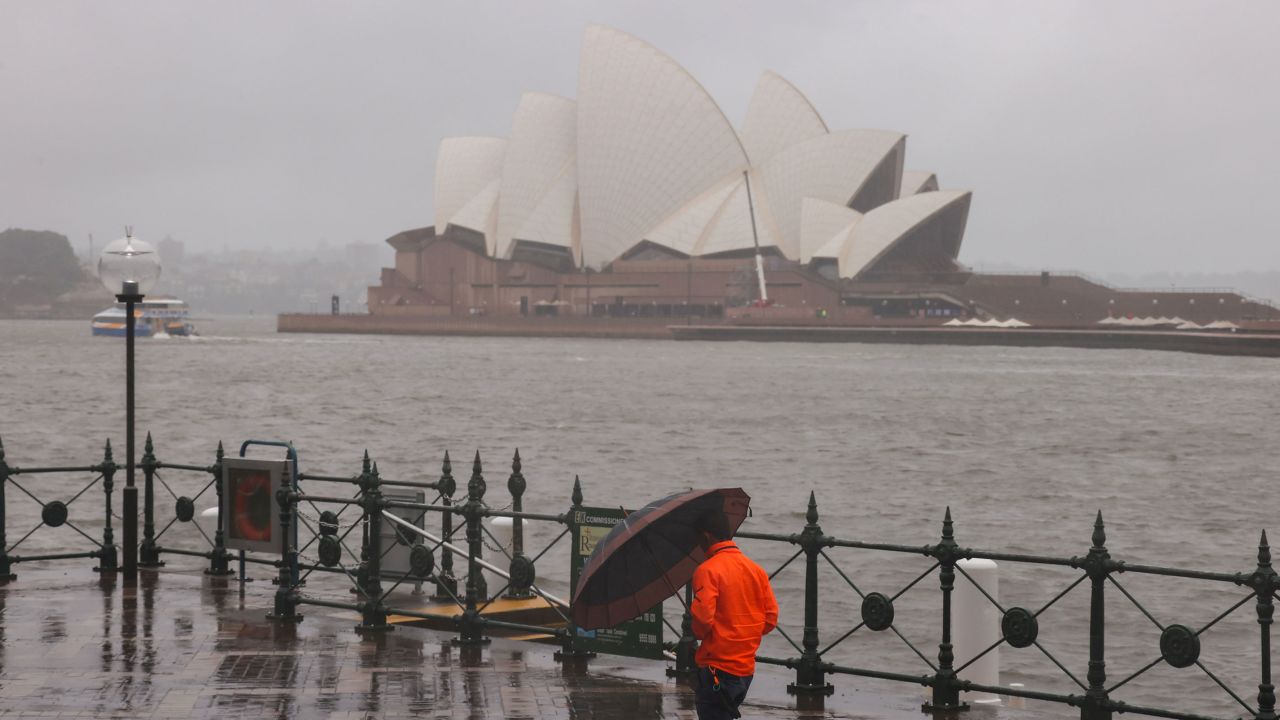 With higher than average rainfall so far this year and another La Niña summer on the way, it is no surprise there’s also been higher than average infection rates for wet-loving germs.
With higher than average rainfall so far this year and another La Niña summer on the way, it is no surprise there’s also been higher than average infection rates for wet-loving germs.
Working in muddy or wet conditions can expose workers to germs that cause diseases like legionella, leptospirosis and melioidosis. Sadly, cases of these diseases are being reported at rates up to three times that of the last few years, according to Queensland Health.
Legionella – can cause a severe pneumonia requiring intensive care. There are two main types—one that lives in air-conditioning cooling towers, and the other in soils, compost and potting mix.
Leptospirosis – is found in animal urine which can contaminate water and plants that humans are in contact with. It can cause serious illness needing intensive care.
Melioidosis – lives in soil and is mainly found in more tropical areas, but has caused illness in other regions this season. It can cause infection ranging from ulcers to pneumonia and sepsis.
People may be exposed to these diseases through breaks or wounds in the skin and sometimes by inhaling or swallowing contaminated water.
There are a few simple things you can do to protect yourself and reduce your risk of exposure when working in dirty, wet conditions.
Importantly, if you don’t have to go into murky water – don’t! But if you do have to work in potentially hazardous soil environments, take these precautions:
- Remove debris using machinery where you can.
- Wear protective clothing (long clothing to cover arms and legs to prevent scrapes and wounds to the skin, as well as boots and gloves - remembering to wash work clothes regularly).
- Wash your hands after removing PPE and before eating, smoking or touching your face.
- Clean and cover cuts, abrasions or other non-intact skin with a waterproof dressing.
- Where possible, avoid letting water lay around work areas near sheds and other buildings.
It is also important workers are up to date with their tetanus jabs.
These risks are exacerbated for any workers in flood recovery and response work, as this work involves extensive interaction with muddy and wet conditions.
Workers who are involved with flood response and recovery work may be exposed to infection risks from contact with:
- floodwater
- soil
- mud
- sewage
- animal, household or industrial waste
- animal carcasses.
Any infection that is caused by carrying out work is a notifiable incident.
Wear sufficient PPE to protect against infection.
-
Gloves should be worn if there is contact with floodwater, soil, mud, vegetation or contaminated items. Gloves may include disposable gloves, water resistant gloves, puncture resistant gloves or heavy-duty gloves. Wearing a water-resistant glove under a heavy-duty glove may protect against both floodwater and sharp objects. Wearing wet gloves or repeated use of impermeable gloves, especially in hot and humid conditions, may cause skin irritation. Make sure your hands are dry before putting gloves on. Cotton gloves worn under heavy duty or impermeable gloves may help prevent skin irritation.
-
Safety eyewear should be worn if there is risk of splashes of flood water and mud. Safety eyewear may include safety glasses, safety goggles or face shields.
-
Enclosed footwear should be worn if workers must enter floodwater or walk through mud. Footwear may include sturdy leather or rubber boots but not thongs or sandals.
-
Protective clothing should be worn to protect exposed skin and personal clothing from contamination or splashes. Clothing may include long trousers, a long-sleeved shirt, overalls or wet weather gear.
For further information, view WorkSafe QLD's newsletter on working safely in the wet here





